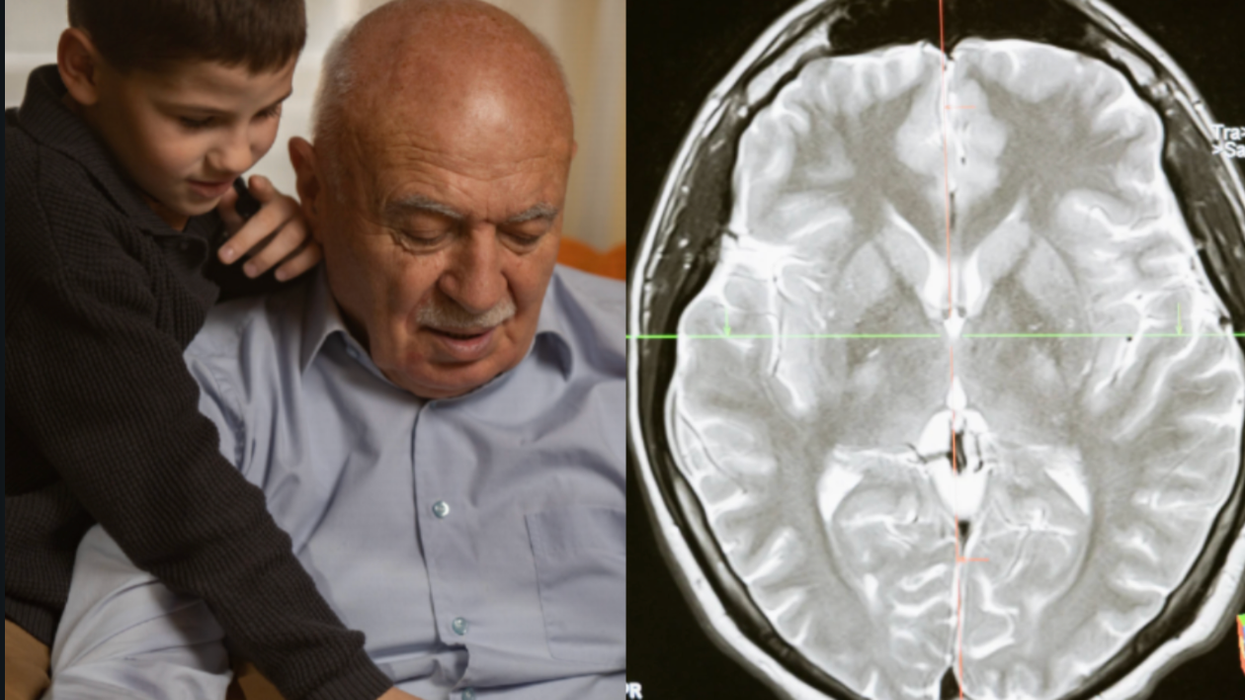Christchurch continues to feel the effects of the devastating 6.3 magnitude earthquake that struck the city almost four years ago. While thousands remain uncertain of the fate of their homes—roughly 13,000 houses were damaged in the quake—the construction of “the new Christchurch” progressed tremendously in 2014. Earlier this year, the government and the Christchurch City Council signed off on a housing accord to relieve soaring rents. And amid the frustration and heartbreak, the chance to start again has brought opportunities for entrepreneurial individuals. The council, trying to fill the once-empty CBD, has invited new businesses to take hold, leading to a variety of food trucks, pop-up restaurants, and street art festivals in the heart of Christchurch. The race is on to help Christchurch 2.0 reach its full potential.
Hub for progress
Since the quake, the creative, makeshift organization known as Gap Filler has been a prime example of how it’s possible to build something out of nothing. When the Pallet Pavilion was deconstructed in April after an 18-month tenure, Gap Filler announced plans for an amphitheater on the pavilion's former site. In March, the Inconvenience Store, a pop-up shop and art project that’s taken over by a new person every day of the week, also opened in the space. The shop sells goods like “Pint of Patience” and “30-Hour Day,” a tongue-in-cheek nod to the various frustrations felt by Christchurch residents involved in the rebuild.
Civic engagement
Despite controversy surrounding Christchurch City Council's financial state, new Mayor Lianne Dalziel seems determined to involve residents in the rebuild. Take one of the city's first anchor projects that began earlier this year, a replacement for the central library lost in the earthquake. For six weeks in March 2014, the public were invited to have its say in what they wanted from the new library as part of the council's "Your Library, Your Voice" campaign, promoted online and throughout other city libraries. The ideas from the campaign will be collated and analyzed by the council and the design team ahead of the construction, which is slated to begin in early 2015.
Street life
There is one constant and glorious fixture in ever-changing Christchurch: High Street’s C1 Expresso. The front counter is clad in 14,000 Lego blocks, water is poured through an original Singer sewing machine, and the cafe’s bathroom—separated from the main area by a sliding bookcase—plays its clientele audio books. In February, the launch of the cafe’s pneumatic food tube system, the first where you can get your burger and fries whizzed to your table at 140 kilometers an hour, made headlines.
Defining moment
New Zealand’s party-hard student culture is often at odds with residents. But, when heavy rain and sunken quake-affected land led to severe flooding and evacuations in Christchurch’s eastern suburbs earlier this year, the University of Canterbury Student Volunteer Army continued its trend of bucking the stereotype. Initially formed after the quake and boasting 13,000 volunteers at its peak, the army aims to help forge better relationships between students and local residents by encouraging students to take a stake in the issues of their city.
Connectivity
The Christchurch Central Development Unit, which was set up to plan the CBD rebuild, was given just 100 days to come up with the blueprint for reconstruction. As a result, transport was an afterthought. However, after much wrangling over budget and timeline, the government pledged 100 million New Zealand dollars in August to develop urban cycleways over a four-year period throughout the city and the rest of the country.
Green life
After a two-year battle in the Environment Court against Canterbury Cricket’s decision to develop an international venue in the 164-hectare Hagley Park, the multi-million dollar construction of what will become the Hagley Oval is now in full swing. The decision means the return of international cricket to the region after four years, as Christchurch prepares to host the opening ceremony and two other pool matches of the 2015 Cricket World Cup.
Diversity
To draw in much-needed residents and a labor force, the government fast-tracked visas for foreigners who wanted to move to Christchurch to help rebuild. However, questions soon arose about the living and labor conditions of the largely Filipino workforce that has inundated the city, which some estimate to be between 2,500 and 3,000 people. In response to these concerns, New Zealand campaigners and lawmakers called for an Employment Charter to be drafted in September, intended to strengthen migrant rights. The charter was applauded by union groups, which are pressuring Christchurch’s construction companies to adopt their guidelines.
Work/life balance
This year saw the return of The Bog, a popular and lively Irish pub that was destroyed in the earthquake. This adds to an already stellar lineup of new establishments including The Harlequin Public House and the new-look Carlton Bar. Together, they signal the triumphant return the Christchurch resident’s favorite pastime: meeting for a pint.
Ashleigh Stewart is a journalist from Christchurch. She believes there is something about walking up Rapaki Track and looking out to the Canterbury Plains on one side and Lyttelton Harbour on the other that really drives home the simplicity and beauty of everyday life in the city.







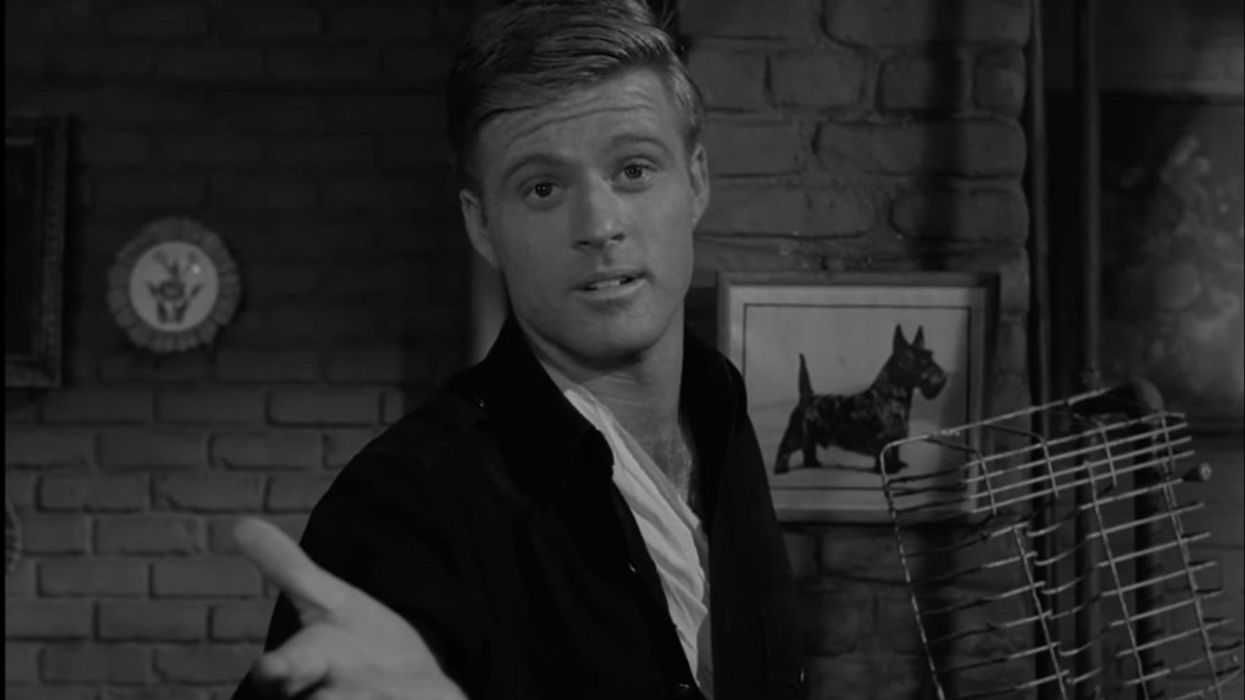
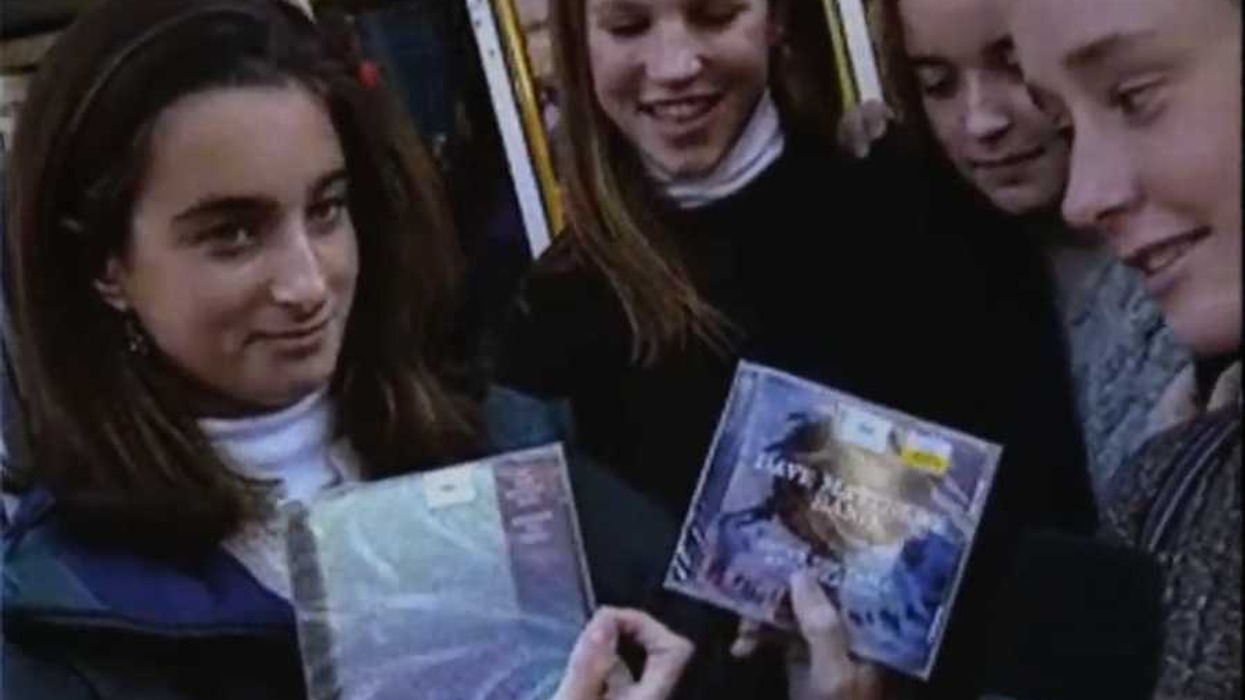


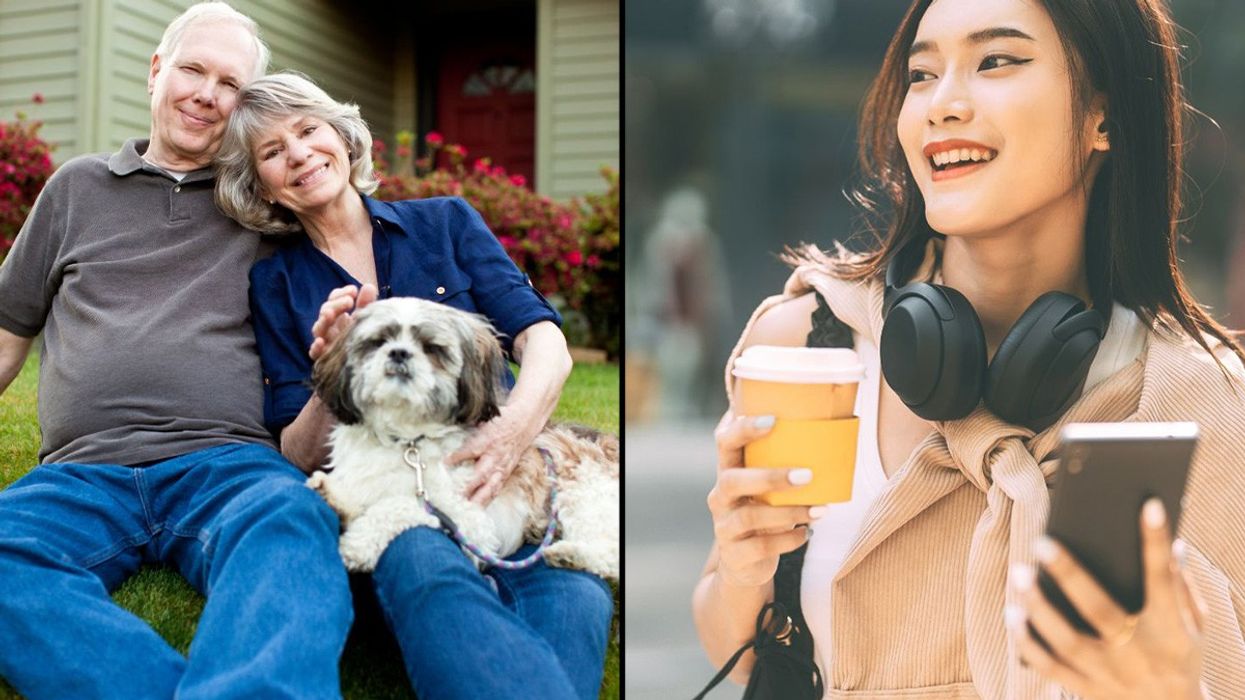



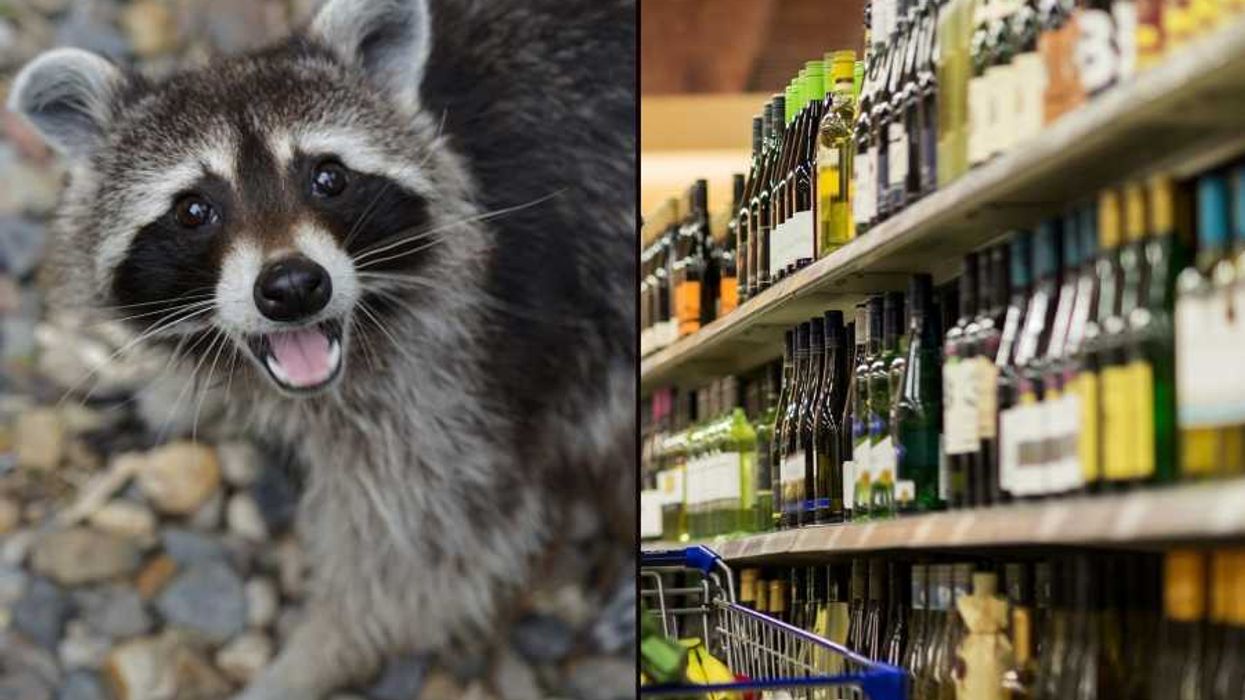

 Image artifacts (diffraction spikes and vertical streaks) appearing in a CCD image of a major solar flare due to the excess incident radiation
Image artifacts (diffraction spikes and vertical streaks) appearing in a CCD image of a major solar flare due to the excess incident radiation

 Ladder leads out of darkness.Photo credit
Ladder leads out of darkness.Photo credit  Woman's reflection in shadow.Photo credit
Woman's reflection in shadow.Photo credit  Young woman frazzled.Photo credit
Young woman frazzled.Photo credit 
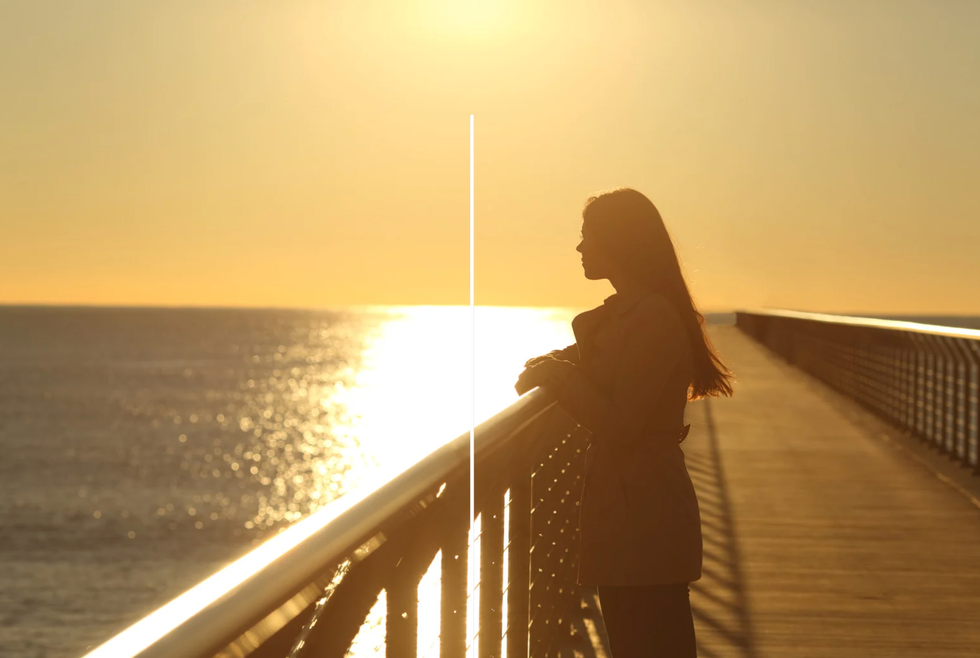 A woman looks out on the waterCanva
A woman looks out on the waterCanva A couple sits in uncomfortable silenceCanva
A couple sits in uncomfortable silenceCanva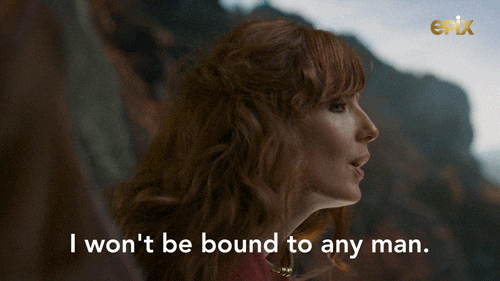 Gif of woman saying "I won't be bound to any man." via
Gif of woman saying "I won't be bound to any man." via  Woman working late at nightCanva
Woman working late at nightCanva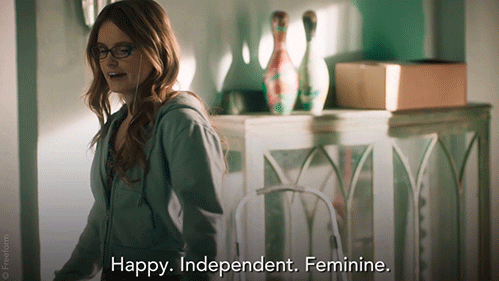 Gif of woman saying "Happy. Independent. Feminine." via
Gif of woman saying "Happy. Independent. Feminine." via 
 Yonaguni Monument, as seen from the south of the formation.
Yonaguni Monument, as seen from the south of the formation. 